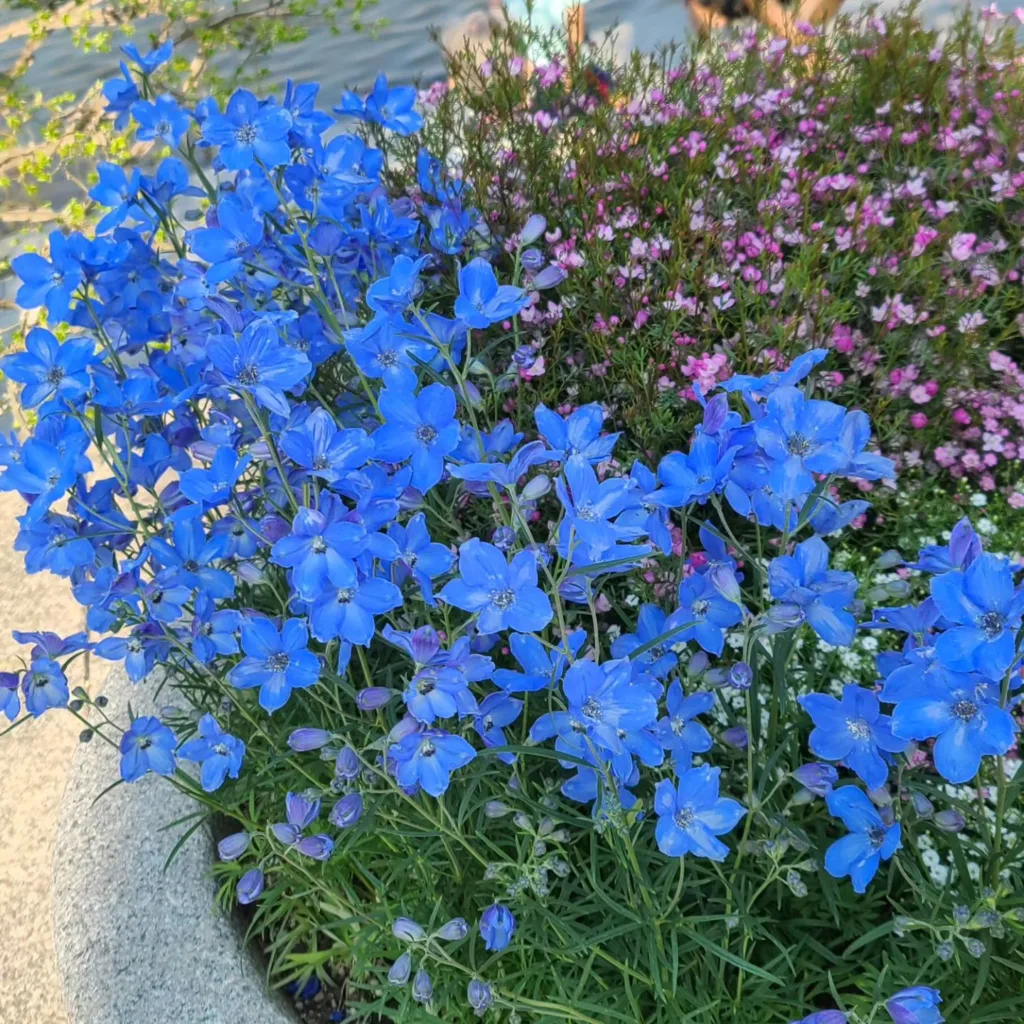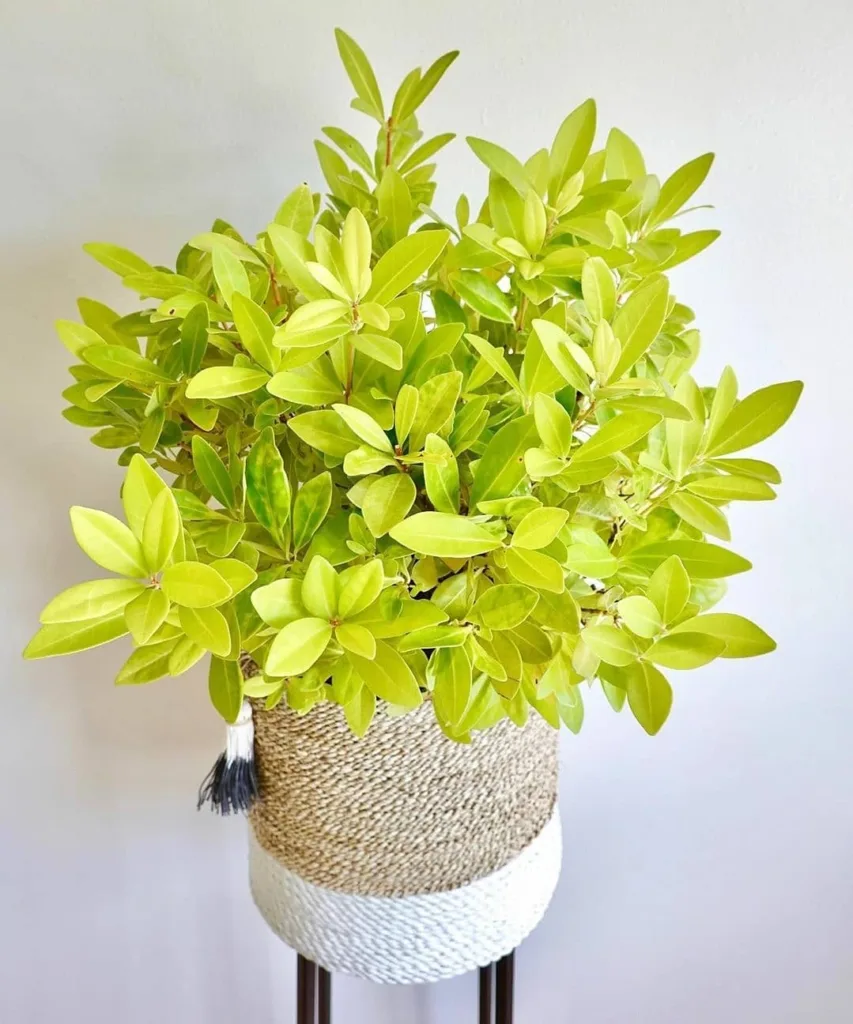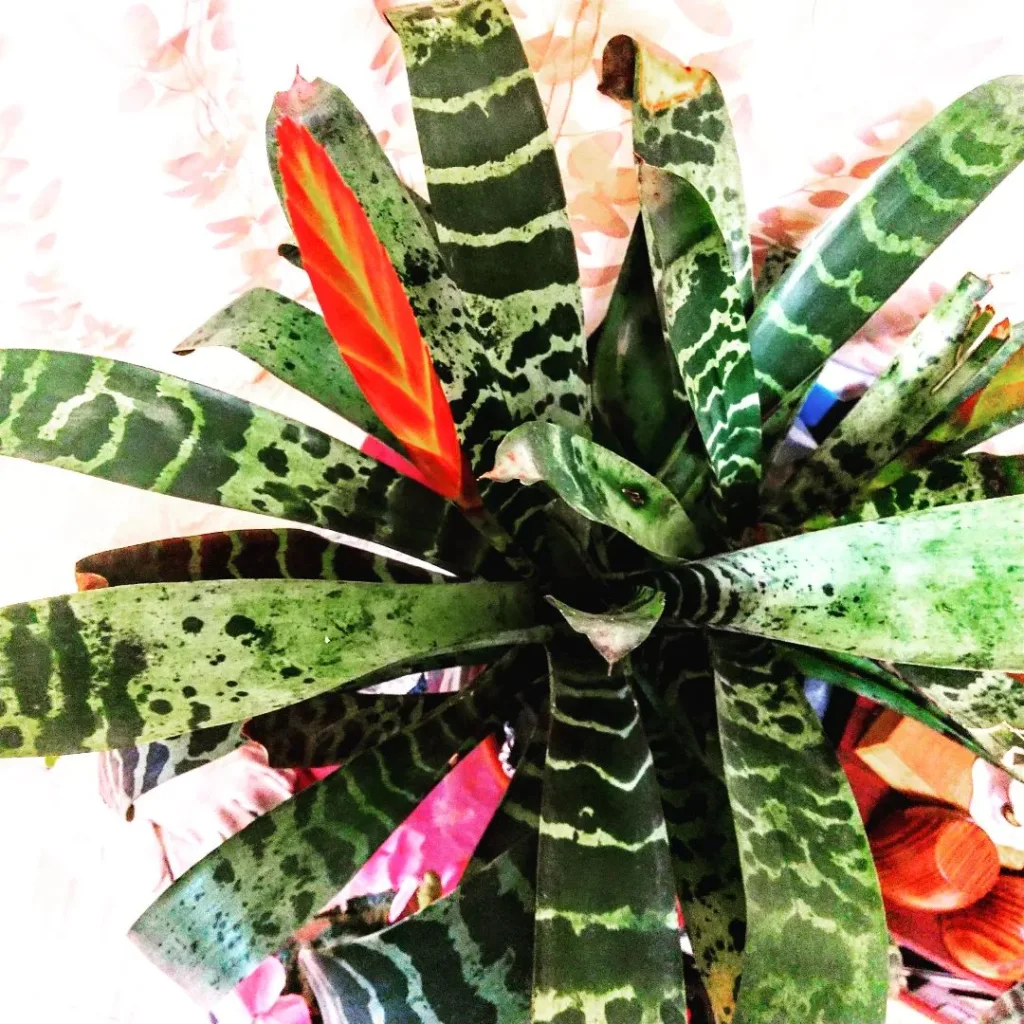Frequently Asked Questions About Abelia Confetti
As a garden enthusiast, I’ve spent a lot of time growing and experimenting with different plants. One that has become a favorite of mine is Abelia Confetti. This small, variegated shrub adds a vibrant pop of color to any landscape. In this article, I’ll share insights based on my personal experiences with this plant, addressing some of the most frequently asked questions.
6 Species in Genus Abelia
What is Abelia Confetti?
Abelia Confetti is a compact, deciduous shrub known for its white and green variegated leaves. It belongs to the Caprifoliaceae family and is a cultivar of the broader Abelia genus. The plant reaches a manageable size, typically growing between 2 to 3 feet tall and wide, making it an ideal choice for smaller gardens or as a border plant. One of its standout features is the delicate, pink-tinged flowers that bloom from summer to fall, attracting pollinators like bees and butterflies.
How to Care for Abelia Confetti?
Caring for Abelia Confetti is relatively easy. It thrives in full sun to partial shade, though I’ve noticed it performs best when exposed to at least 4-6 hours of sunlight daily. In terms of soil, well-draining conditions are crucial. While it’s tolerant of various soil types, I prefer planting it in loamy soil that retains some moisture without becoming waterlogged.
One of the things I appreciate most about Abelia Confetti is its low water requirement once established. It’s drought-tolerant, but during its first growing season, I make sure to water it regularly to help establish a strong root system. Pruning isn’t a strict necessity, but light pruning in late winter or early spring helps maintain its shape and encourages new growth.
How to Propagate Abelia Confetti?
I’ve found that Abelia Confetti can be easily propagated through stem cuttings. Here’s how I typically do it:
- Select a healthy, non-flowering stem in late spring or early summer.
- Cut a 4-6 inch segment just below a node.
- Remove the lower leaves, leaving only a couple of leaves at the top.
- Dip the cut end into rooting hormone (optional, but it speeds up the process).
- Plant the cutting in well-draining potting mix and keep it in a shaded area, misting it regularly to maintain humidity.
In a few weeks, roots should develop, and once the cutting is established, it can be transplanted into the garden.
What to Plant with Abelia Confetti?
When designing my garden, I like to plant Abelia Confetti alongside other shrubs and perennials that complement its variegated foliage. Hostas, with their large, bold leaves, create a striking contrast. Lavender also pairs well, as the purple blooms and silver foliage enhance the subtle pink tones in Abelia’s flowers. For a more structured look, I sometimes group boxwoods or dwarf grasses nearby to highlight the soft, mounding shape of the Abelia.
Is Abelia Confetti Toxic?
One of the most reassuring aspects of Abelia Confetti is that it’s non-toxic. Whether you have pets, small children, or wildlife visiting your garden, you won’t have to worry about any harmful effects. This makes it an excellent choice for family-friendly spaces.
What Are the Benefits of Abelia Confetti?
Aside from its aesthetic appeal, Abelia Confetti offers several benefits. Its flowers are a natural attractant for pollinators, so if you’re aiming to support local bee populations or want to attract butterflies, this plant is a great addition. Another advantage is its versatility—it works equally well as a low hedge, in mixed borders, or even as a container plant. Its variegated foliage ensures it remains visually interesting throughout the year, even when not in bloom.
Common Problems with Abelia Confetti
In my experience, Abelia Confetti is relatively pest-resistant, though it can occasionally be susceptible to aphids or spider mites. If you notice any pest issues, I recommend washing the plant with a strong spray of water or using insecticidal soap. Another potential issue is root rot, which can occur if the plant is overwatered or in poorly drained soil. To avoid this, I always make sure the soil is well-draining and only water when necessary.
How Does Abelia Confetti Compare to Other Similar Shrubs?
I’ve often seen Abelia Confetti compared to other variegated shrubs like Euonymus fortunei or Weigela florida ‘Variegata’. While these plants also have attractive foliage, Abelia Confetti stands out for its compact size and longer blooming season. Euonymus, for instance, can grow quite large and tends to have a denser, more formal appearance, while Abelia remains more relaxed and natural in form. Weigela has a similar arching growth habit, but its flowers tend to bloom in a shorter window, whereas Abelia’s flowering lasts several months.
What Are Some Lesser-Known Facts About Abelia Confetti?
One of the things I love about Abelia Confetti is how adaptable it is. While most gardeners plant it as a low-maintenance border shrub, I’ve also used it in container gardens with great success. Its compact size makes it ideal for smaller spaces, and it adapts well to the restricted root space of a pot. It’s also relatively deer-resistant, which is a big plus if you live in an area where deer tend to graze in gardens.
Final Thoughts
Growing Abelia Confetti has been a rewarding experience for me. Its colorful, variegated leaves, long-lasting blooms, and ease of care make it a standout choice for a variety of garden settings. Whether you’re looking to attract pollinators, add year-round interest, or simply want a low-maintenance plant, Abelia Confetti is a fantastic option.
If i die, water my plants!



